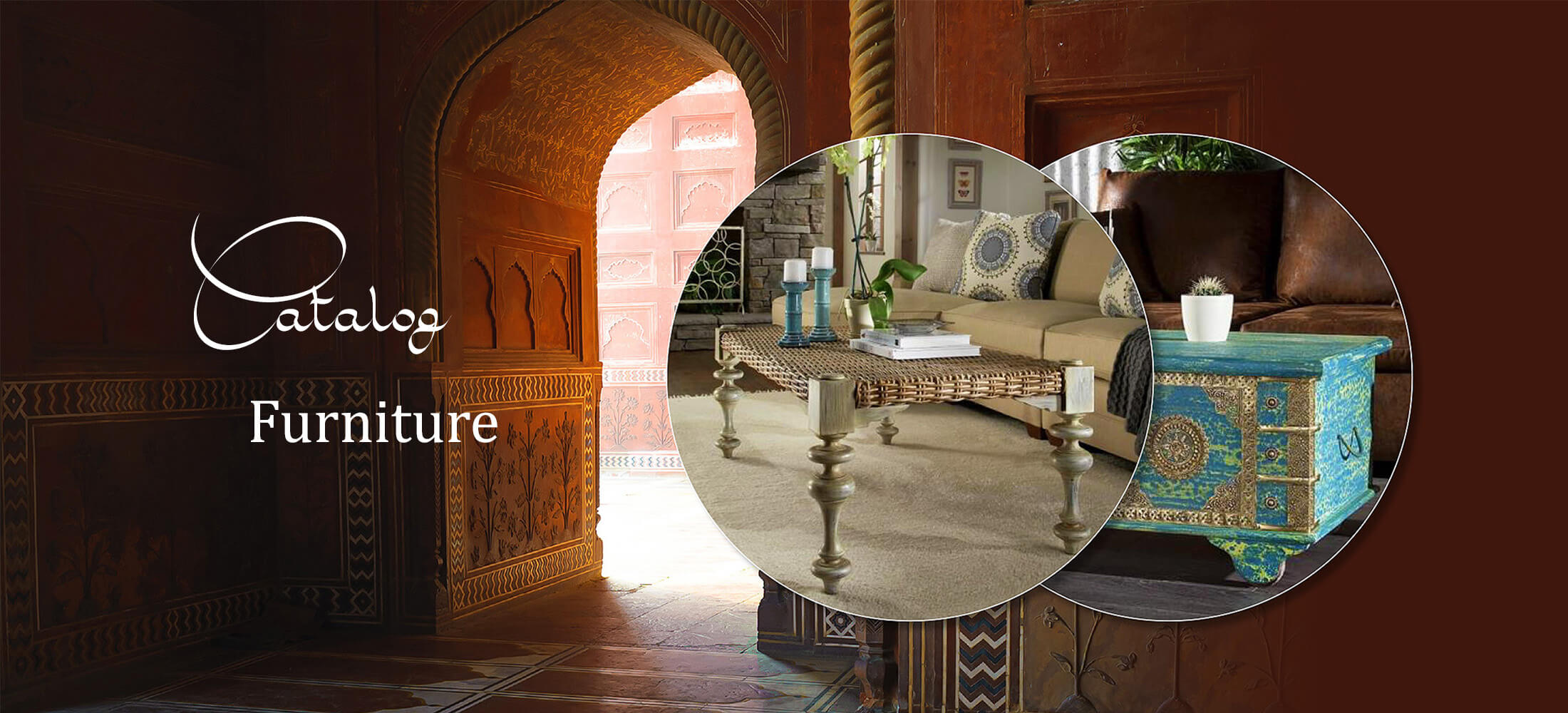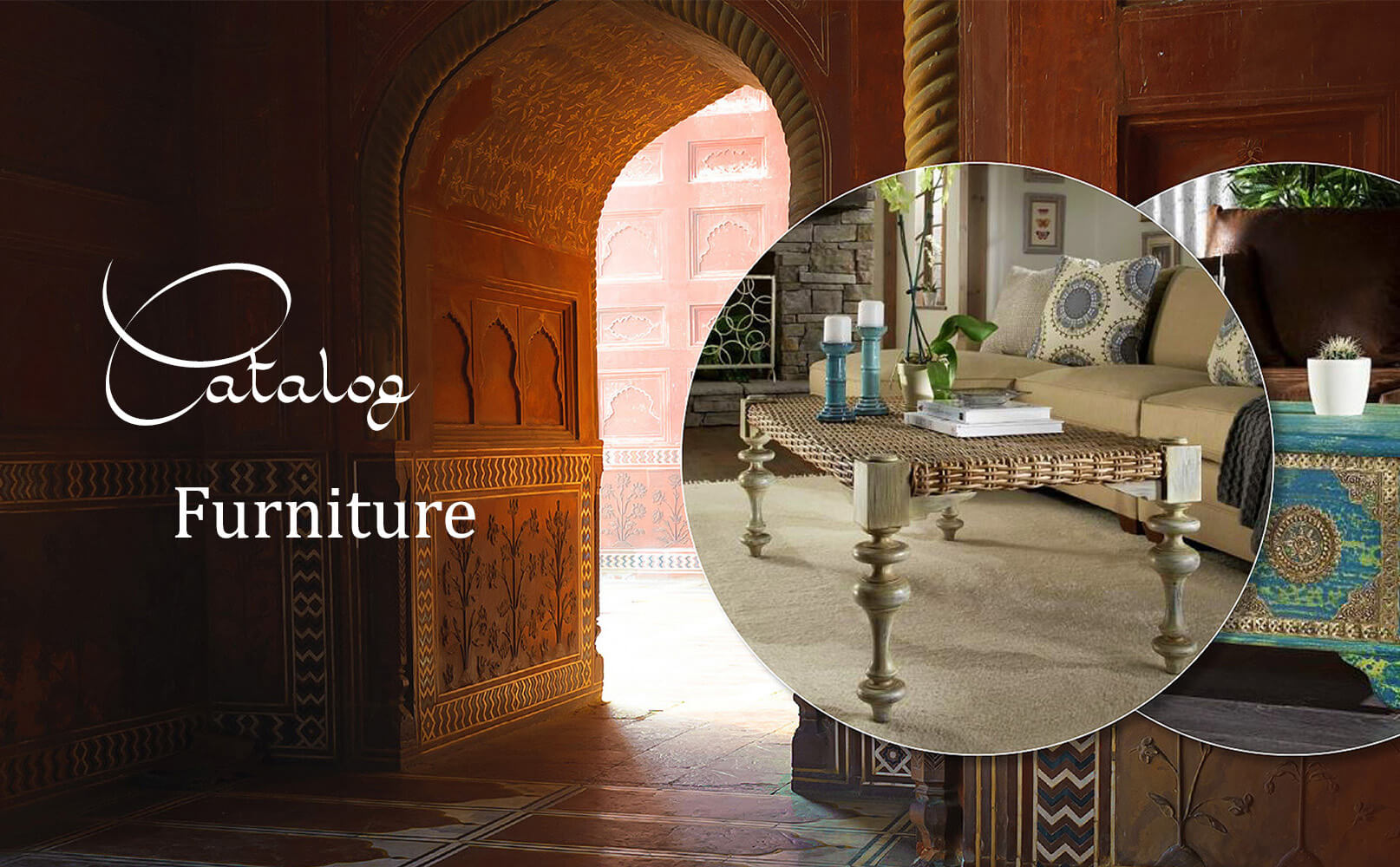An antique carved wooden elephant from Northern India is a deeply symbolic and refined piece of craftsmanship, which is a testament to the cultural and artistic richness of this region. The elephant, in Indian traditions, is a powerful symbol of wisdom, prosperity and strength. It is also associated with Ganesh, the elephant-headed god, revered in Hinduism as the protector of homes, travelers and businesses. Thus, a wooden elephant sculpture is not only a decorative object, but also a good luck charm, a sacred object or an invocation of blessings.
Carving Materials and Techniques
The elephant is carved from solid wood, usually durable species such as sheesham, teak or neem, which are not only strong but also easy for artisans to work with. The wooden sculpture is hand-crafted with great care, with every detail of the elephant's body carefully modeled to convey its strength, majesty and elegance. Woodworking requires mastery of traditional carving tools, and each piece becomes a unique work, often loaded with symbolism and finely executed details.
Details and Ornamentation
North Indian elephant carvings are known for their elaborate decorative details, which may include floral, geometric or even mythological scenes carved into the animal's body. The elephant's head is often beautifully crafted, with accentuated features to emphasize the animal's intelligence and nobility. The legs, tusks (canes) and tail are also intricately carved, sometimes with ornamental elements, such as carved bracelets or necklaces that adorn the base of the trunk or legs.
The elephant's ears, large and supple, are often detailed with fine patterns that add a graceful appearance to the piece. The trunk, in its slender and powerful form, may be carved to suggest a particular movement or posture, making the elephant more alive and dynamic. The eyes are often represented by wooden dots inlaid with materials such as copper or ivory to add depth and liveliness to the expression.
Finishes and Patina
The carved wooden elephant is often waxed or polished, giving the wood a smooth, glossy finish that highlights the details of the carving. Over time, these pieces may develop a natural patina, an aged appearance that adds to their character and authenticity. Sometimes, light paint or gilding is applied to certain parts of the elephant's body, such as the belly, ears, or legs, to accentuate the sacred or majestic aspect of the sculpture.
Symbolism
In Indian culture, the elephant is a symbol of wisdom, prosperity, and good fortune. It is also a representation of quiet strength, power, and balance. A carved wooden elephant is often seen as a protective talisman. Apart from its religious connotations, it can also represent a memento or tribute to the greatness of nature and animals in traditional cultures of North India.
Use and Place in Interior
The carved wooden elephant is a decorative piece that stands out in any space. It can be used as a centerpiece statue, as a decorative element in a hall or library, or placed in a temple or prayer space for its spiritual qualities. Depending on the size of the sculpture, it can be a centerpiece in a collection of traditional objects, or an object of devotion.
In Summary
An antique carved wooden elephant from North India is a work of art rich in symbolism, combining the technical mastery of traditional craftsmanship with the cultural depth of the region. Each sculpture tells a story of devotion, prosperity and respect for this majestic animal, while bringing a touch of elegance and spirituality to any interior. Whether revered as a talisman or appreciated as a decorative work, this wooden elephant embodies the harmony between art and nature, spirit and matter.
Envoyer des commentaires
Panneaux latéraux
Historique
Enregistrées
Dimensions: 38x52x22cm

 0
0



































